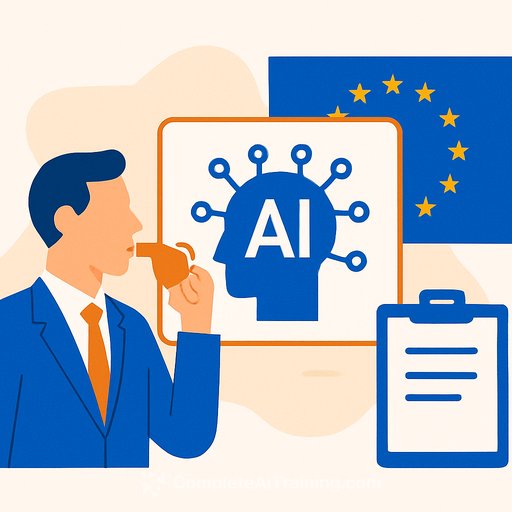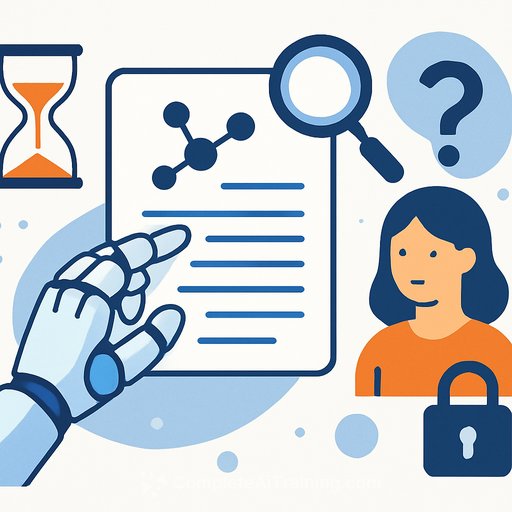EU weighs an AI whistleblowing channel for science under the new European Research Area Act
Consultation floats EU-level reporting, research security baselines, and common AI-in-science guidelines
The European Commission has opened a consultation on a planned European Research Area (ERA) Act that could introduce a dedicated way for researchers to report misuse of AI in scientific work. There is currently no EU-level mechanism to flag ethical or harmful AI practices in research, which the Commission says raises the risk of dangerous applications going undetected and erodes trust.
The proposal explores a centralized EU whistleblowing channel linked to national authorities and research institutions. Another option is an independent EU body to manage reports. While the EU has general whistleblower protections since 2019, the consultation asks whether science-specific rules are needed for AI.
Beyond whistleblowing, the ERA Act aims to remove barriers for researchers working across borders-framed as a "fifth freedom" for the single market. The consultation targets two areas that currently vary widely by country: research security and how AI should be used in science.
Research security: minimum requirements on the table
The Commission suggests setting minimum requirements to bring national and EU practices into line. It notes that recent non-binding Council recommendations still leave significant differences in how institutions handle partner vetting, export controls, and interference risks.
AI use in science: principles and harmonised guidance
EU capitals apply different ethics, IP, and data rules to AI in research. The consultation proposes developing non-binding EU-wide principles and harmonised guidelines rather than hard law-at least for now.
What this could mean for your lab
If adopted, institutions may face clearer expectations for documenting AI models and datasets, auditing experiments, and handling authorship/IP for AI-assisted outputs. Whistleblowing routes would be simpler and more consistent across borders, and security checks for collaborations could become more standardized.
Practical steps to get ahead
- Map AI use across projects. Flag high-risk applications, sensitive data, and external model dependencies.
- Update ethics review forms. Add prompts on dataset provenance, human oversight, evaluation methods, and misuse risks.
- Set up or refine internal reporting channels. Train staff and align with national whistleblowing rules so you can plug into an EU mechanism quickly.
- Strengthen data and model governance. Keep run logs, model cards, dataset licenses, and change histories; define access controls and retention.
- Clarify authorship and IP for AI-assisted outputs. Reflect this in lab policies, grant documents, and collaboration agreements.
- Tighten research security checks. Screen partners, cross-border data flows, and equipment against institutional and national guidance.
- Assign a point person (RIO or AI lead) to coordinate compliance across departments and projects.
Key policy references
For context on the broader policy direction, see the Commission's overview of the European Research Area and the EU's Whistleblower Protection Directive (2019/1937).
Researchers, PIs, and research offices should consider responding to the consultation and preparing internal policies now. Early alignment will reduce friction once final guidance lands.
Your membership also unlocks:






